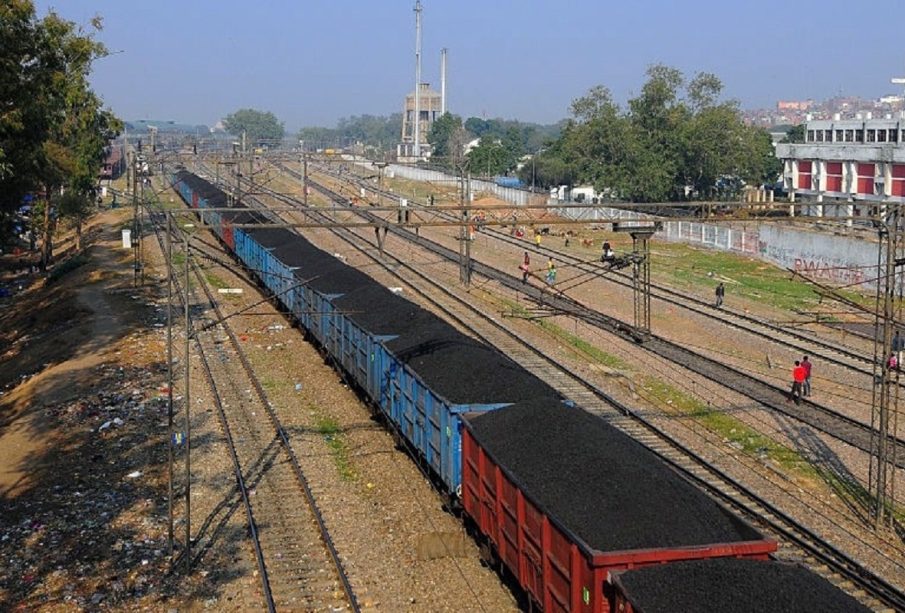Understanding Haryana’s Cultural and Economic Landscape

Introduction
Haryana, a state in northern India, is not only known for its rich cultural heritage but also for its rapid economic development. With a strategic location surrounding the national capital, Delhi, Haryana plays a vital role in the agricultural and industrial sectors of India. Understanding Haryana’s significance is essential for recognizing its contributions to the country’s growth and development.
Economic Growth and Development
Haryana has transformed into one of India’s wealthiest states, with a per capita income that ranks among the highest in the country. This remarkable growth can be attributed to agricultural advancements, a burgeoning industrial base, and favorable government policies. The state is a significant contributor to India’s food production, particularly in wheat and rice. More recently, Haryana has attracted substantial investments in manufacturing and services, promoting economic diversity.
Cultural Significance
Haryana’s culture is deeply rooted in its traditions. The state is famous for its folk dances such as Gidda and Dhamal, and its vibrant festivals like Teej and Besakhi celebrate the agricultural bounty and the changing seasons. The diverse demographics also contribute to a rich tapestry of languages, cuisines, and customs, making Haryana a culturally significant region in India.
Recent Developments
Recently, the Haryana government has focused on implementing policies to further enhance the agricultural and industrial sectors. Initiatives such as the ‘Haryana Skill Development Mission’ aim to equip the youth with necessary skills to thrive in a competitive job market. Furthermore, the state government has also initiated projects to improve infrastructure and connectivity, making it more conducive for businesses.
Challenges Ahead
Despite its advancements, Haryana faces challenges that need to be addressed. Issues such as water scarcity, pollution, and social disparities remain pressing concerns. The state is also grappling with the need for sustainable practices in agriculture and industry.
Conclusion
Haryana stands at a crucial juncture in its journey towards growth and sustainability. With the commitment of the government and the participation of its citizens, the state can overcome its challenges and continue to prosper. Understanding the dynamics of Haryana is essential for those looking to engage with its culture and economy, making it a significant player in India’s future.




